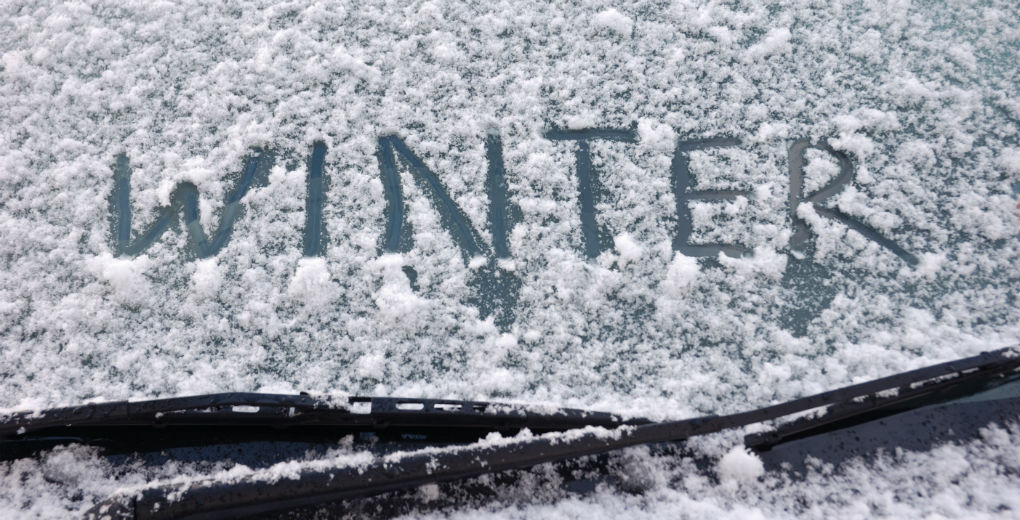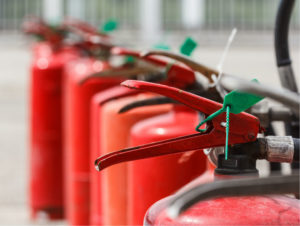October signals the turning back of the clocks, with darker nights catching out everyone from those on the school run to commuters caught in the evening rush hour traffic.
The National Highway Traffic Safety Association noted that fatalities are three times higher on the road at night than they are during the day.
When the UK Government first toyed with the idea of putting clocks forward an hour to bring us in line with continental time back in 2011, the Department for Transport was one of the idea’s strongest advocates, claiming it would cut road deaths by 80 a year.
With no firm plans confirmed, and the year’s long darks nights stretching before us, the Chartered Brokers at Hine have come up with some tips to ensure you can help yourself and other drivers remain safe on the road at night.
1. The smaller hours – In winter, 6pm may as well be the dead of night in terms of visibility. Of course if you are driving at more unsociable hours when your body is normally sleeping, you need to be more alert to the warning signs of tiredness. Plan your route well so you’re not spending longer than necessary behind the wheel, share the driving if you can, and if you start to feel too tired, pull over for a coffee as soon as soon as possible to prevent the danger of falling asleep at the wheel.
2. Inside lights – It’s not just your headlights you need to focus on, but those within your vehicle. Many newer cars will have a function which automatically dims the lights on your dashboard so that brighter internal lights won’t affect your forward vision, but if not then you can consult your manual to see if these can be adjusted.
3. Headlights – These need to be clean, angled right, and in full working order. Position them at a level which gives you the best view of the road but not so high that they dazzle other drivers. These can be adjusted either with mechanisms within the car or by consulting your manual.
Accidents can be caused in the event of simple mistaken identity, when another motorist mistakes a car for a motorbike because one of their lights are out, for example.
4. Be aware of wildlife – They don’t expect to see you, but you can expect to see them, especially on rural roads. Animals can be spotted up ahead with the reflection on their retinas, which will appear as two unmistakeable bright dots in the darkness. Swerving to avoid may cause a far worse accident, so slow down as best you can but be prepared that you may hit the animal ahead.
5. Focus – Focus on the road and not oncoming lights. It’s easy to be distracted but it’s vital to stay focused on what’s ahead, especially as a concentration of bright light is detrimental to your onward vision. If the car behind has bright lights then you can move your rear view mirror to deflect the glare.
6. But don’t zone out – It can be all too easy to fall into a trance-like state when your field of vision is limited by darkness, but this can cause a lapse in concentration. Try not to become fixated on one thing, such as the lines on the road, and focus on different things ahead while still looking at the road to stop your eyes getting tired.
7. Make the most of limited visibility – Clean your windscreen so that any smudges that aren’t visible during the day are not impairing your vision at night. Keep a cotton or microfiber cloth in your door pocket for times when you need to defog your windows. If you’re unsure of light levels, it’s best to put your headlights on. This is more for the benefit of other drivers who may otherwise be struggling to see you, rather than a way of lighting the road ahead.
8. Check your speed – If you don’t know the roads then drive at a speed you’re comfortable with – one that’s well within the limits. The national speed limit on country roads is 60mph, but that doesn’t mean it’s advisable to drive at that speed, as this would be far too fast to safely corner round sharp and unexpected bends in the road.
9. Be wary of other drivers – Dip your lights when passing or driving behind other drivers, and be prepared for the fact that there may be more drivers on the road who are tired or have been drinking.
10. Take extra precautions – If you break down, equipment such as a warning triangle and a high vis jacket are always useful to have in your car, so you can be more visible by the side of the road until help has arrived.




